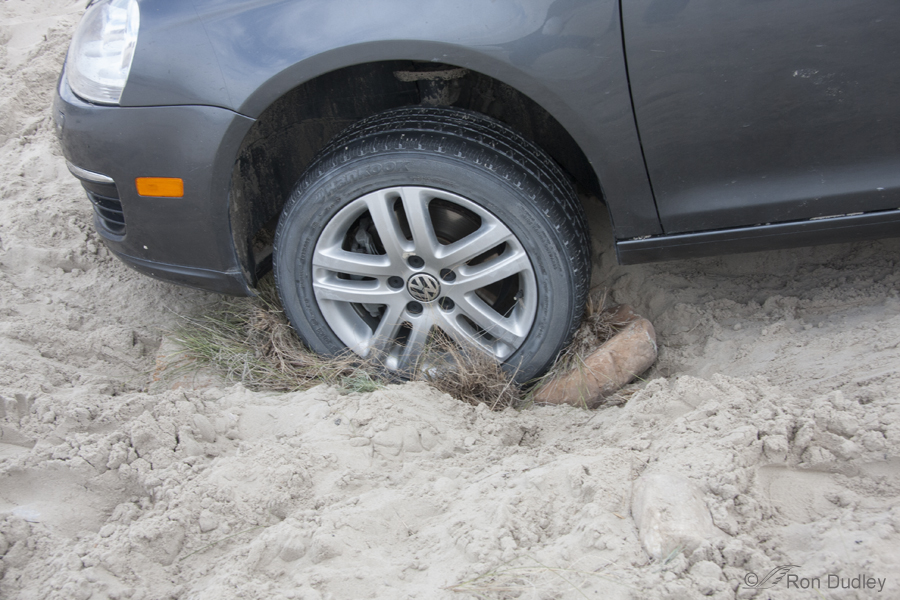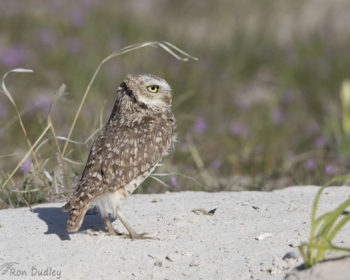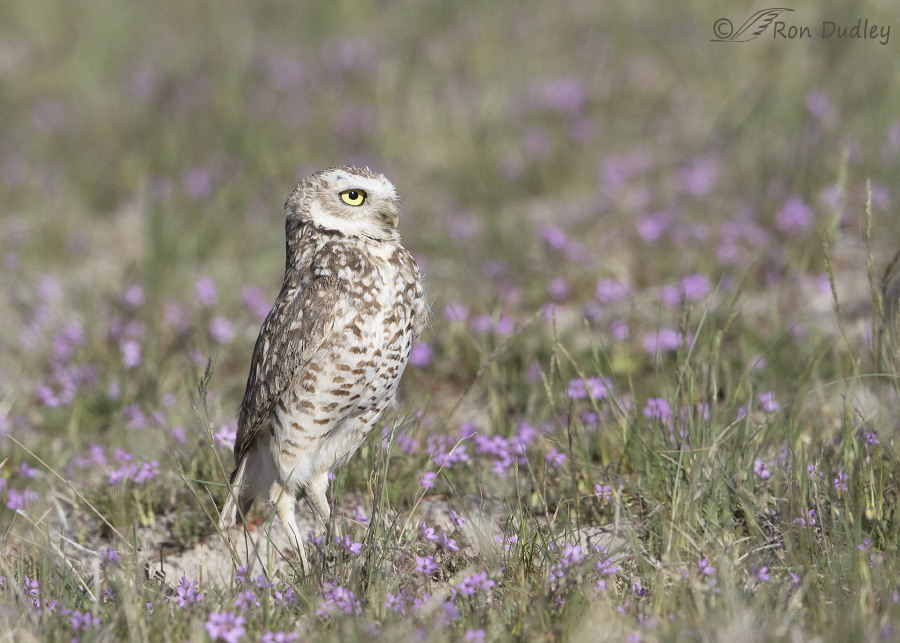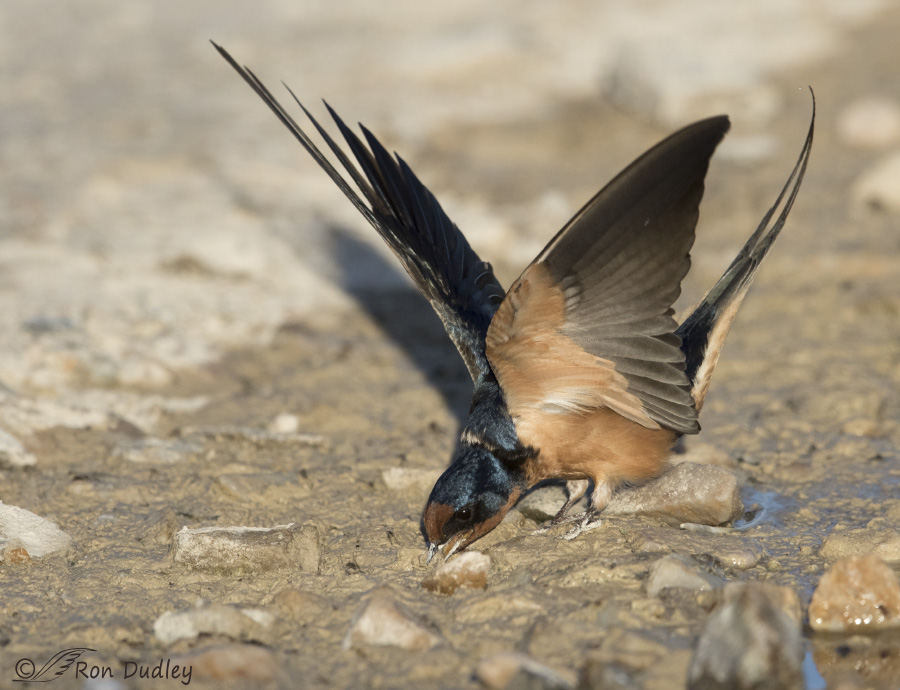Tag: oolitic sand
Burrowing Owl – A Romp Through The Flowers
Barn Swallows Playin’ In The Mud
Oolitic Sand – The Perfect Idiot Trap

There’ll be no birds in today’s post, I’m afraid. It takes me an hour to get to the island from my home and it’s not unusual for me to have clear skies when I leave much before dawn and then have it be mostly socked in when I arrive at the Farmington Bay/Antelope Island area – a phenomenon I refer to as the “Farmington Curse”. That’s exactly what happened yesterday morning so I generally had poor light and got correspondingly low quality photos, which I deleted.
The only saving grace of the morning was some karmic justice I observed on the island.
Some Recent Shots I Like, Despite Some Flaws
Like every other bird photographer many of the photos I take are not worth keeping. For the first few years I was shooting birds I estimated that I deleted 90% of my images. Now that I’ve become a little more discriminating that number is probably closer to 95%. Birds are incredibly difficult subjects – they’re fast, unpredictable, difficult to approach and generally uncooperative. When I’m culling images after a day in the field most shots fall under two main categories – keepers and garbage. But there’s often a few that are technically lacking for one reason or another but have some unusual or especially interesting feature that makes it difficult for me to trash them. So I don’t. Occasionally I go back through them just for the fun of it. I enjoy them and thought some of you might too so here’s a few from the past month or so. 1/2500, f/7.1, ISO 500 500 f/4, 1.4 tc This one’s from yesterday – a Lark Sparrow that posed and groomed for us for quite a while. Looking through the viewfinder I had no idea there was a second Lark Sparrow in the vicinity and didn’t even notice it flying through the frame until I got home and looked at it on my computer. Mia said that she’d noticed the second bird and that it chased the first bird away when it flew. Anyway, I thought the out-of-focus sparrow to the left was an interesting serendipity. I just wish the two twigs by the head weren’t there. 1/2500, f/7.1, ISO 500 500 f/4, 1.4…
Antelope Island
Of the eight major islands in the Great Salt Lake, Antelope Island is the largest at 15 miles long and 4.5 miles wide. Frary Peak reaches an elevation of 6596 feet. The island has an intriguing history, interesting geology and free roaming herds of bison, bighorn sheep, mule deer and pronghorn, in addition to a variety of smaller mammal species and plentiful birds. It is one of my very favorite photography locations – especially for birds. In this blog post I will present an overview of the island and some of its wildlife. My next post will deal specifically with bird photography on the island. The north end of Antelope Island at sunrise as seen from the causeway access road There is a 7 mile long causeway road that provides the only access to the island, which is actually a peninsula when the Great Salt Lake water levels are low. It’s common to see a variety of wildlife along this causeway including coyotes sprinting at the first sight of an early morning vehicle, American Kestrels, Northern Harriers, Burrowing Owls, Common Ravens and a variety of waterfowl and shorebirds where the water comes closer to the causeway. Approaching the north end of Antelope Island As you get closer to the island the water comes right up to the causeway’s edge and typically there’s hordes of waterfowl and shorebirds very close to the road. In the photo above, several shoreline levels of ancient Lake Bonneville can be seen where wave action eroded “benches” in the sides of the…




